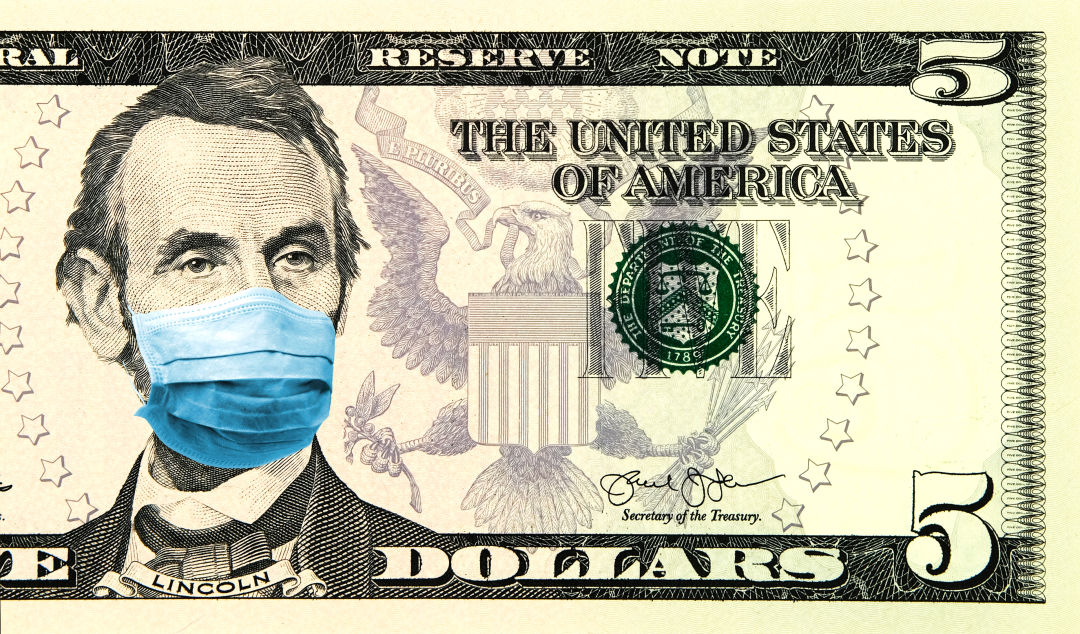Here's What You Need to Know About the Federal Stimulus Payments

Image: Shutterstock
This week, many Americans have begun to see economic impact payments from the federal coronavirus emergency relief bill—known as the CARES Act—being deposited into their bank accounts. (Some are experiencing glitche.) Depending on your adjusted gross income (your income after specific deductions), the payments offer up to $1,200 for individuals, $2,400 for married couples and $500 per child.
But if you haven't received your check yet, you're probably wondering when it will arrive—and how much you'll actually get. We all know how loaded the words "up to" can be.
The Internal Revenue Service this week launched a payment tracker that allows you to check on your eligibility and the status of your payment, as well as enter any missing information the agency needs to send you the check (such as your bank account or information from previous tax filings). In addition, it also provides answers to commonly asked questions, like the ones below:
Am I eligible for an economic impact payment? How much will I get?
If you're an individual taxpayer with an adjusted gross income of $75,000 or less, you're automatically eligible for the full $1,200 payment, plus $500 for each qualifying child. If you're a married couple that filed taxes jointly, and your adjusted gross income is less than $150,000, you're automatically eligible for the full $2,400 payment, plus $500 for each qualifying child.
However, if you've filed your taxes with adjusted gross income above those amounts, the payment amount is reduced by $5 for each $100 above the $75,000 or $150,000 threshold. Plus, single filers with income above $99,000 and no children are not eligible for the payment; neither are joint filers without children and income above $198,000.
How will the IRS know where to send my money?
The IRS will calculate and automatically send the economic impact payment to you based on the information in your 2019 tax return. Haven't filed for 2019 yet? No problem. The agency says it will use the info from your 2018 return to calculate your payment. In either case, the funds will be deposited directly into the same bank account reflected on the return.
If the IRS doesn't have your direct deposit information, you can click here to check your payment status and enter any required information, including your bank account and routing number.
What if I don't usually file a tax return?
The IRS will use the information on Forms SSA-1099 or RRB-1099 to generate economic impact payments for those are not required to file a tax return and did not file a return in 2018 or 2019. (This includes senior citizens, Social Security recipients and railroad retirees who are not otherwise required to file a tax return.) However, because the IRS would not have information about dependents in these cases, each person would receive $1,200, without the additional $500 for dependents.
I don't have 2019 or 2018 information, or I need more time to file. How long will payments be available?
Through the end of 2020.
Where can I get updates on new information, or answers to other questions I have?
The IRS says it will post all updated information here, and encourages people to check its website rather than calling directly, as the agency has a reduced staff in many offices and employees are helping process 2019 returns.



